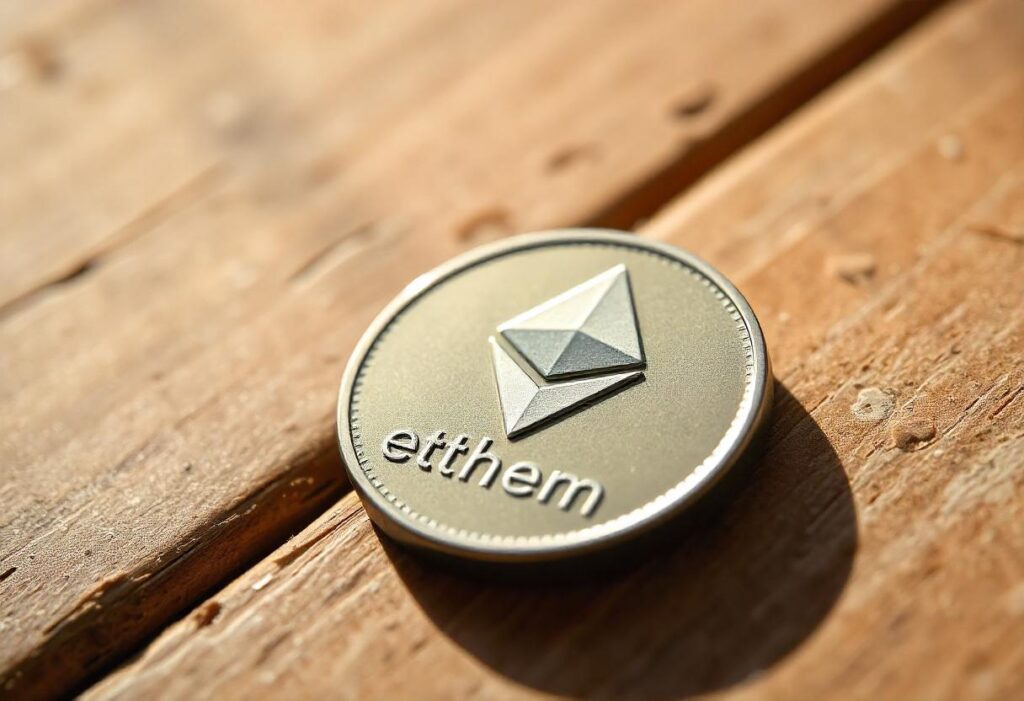Introduction
When was the concept of ethereum classic first proposed Classic is an essential part of cryptocurrency history, representing a commitment to blockchain immutability and decentralization. In this article, we’ll dive deep into its origins, technical aspects, and ongoing impact. when was the concept of ethereum classic first proposed
Understanding Ethereum Classic
Ethereum Classic originated from a pivotal moment in the history of blockchain technology. Before understanding its emergence, it’s vital to explore the foundation of Ethereum itself.
Introduction to when was the concept of ethereum classic first proposed
What Is Ethereum?

Ethereum, launched in 2015, is a decentralized platform that allows developers to create and deploy smart contracts and decentralized applications (dApps). Unlike Bitcoin, which focuses on digital currency, Ethereum extends blockchain technology to serve various industries.
The Origin and Purpose of Ethereum
The idea behind Ethereum was proposed by Vitalik Buterin in 2013. The goal was to create a blockchain with programmable functionality, enabling more than just financial transactions. The Ethereum blockchain has introduced a new era of innovation.
The Emergence of Ethereum Classic
Defining Ethereum Classic
Ethereum Classic is the original, unaltered version of the when was the concept of ethereum classic first proposed blockchain. It exists as a separate network after a significant event in Ethereum’s history.
Key Differences Between Ethereum and Ethereum Classic
- Ethereum (ETH): Supports ongoing upgrades like Proof of Stake (PoS).
- Ethereum Classic (ETC): Remains committed to Proof of Work (PoW) and immutability.
When was the concept of Ethereum Classic first proposed

The concept of Ethereum Classic was first proposed in 2016 during the aftermath of the infamous DAO hack. The proposal emerged as a response to a debate about whether to reverse the blockchain to recover funds stolen during the attack.
The DAO Hack and Its Impact
Explaining Decentralized Autonomous Organizations (DAO)
The DAO was a groundbreaking venture capital fund on the Ethereum blockchain. It aims to decentralize investment management using smart contracts.
Details of the Attack and Its Significance
In June 2016, a hacker exploited a vulnerability in the DAO’s code, draining approximately $50 million worth of Ether. This incident sparked a major controversy within the Ethereum community.
The Ethereum Fork
The Hard Fork Decision
To address the hack, a majority of the Ethereum community agreed to implement a hard fork. This action reverted the blockchain to its state before the attack.
The Split: Ethereum and Ethereum Classic
The hard fork resulted in two blockchains:
- Ethereum (ETH): The altered chain where stolen funds were recovered.
- Ethereum Classic (ETC): The original chain that upheld the principle of immutability.
Core Principles of Ethereum Classic
Immutability: “Code Is Law”
Ethereum Classic operates under the belief that the blockchain should remain immutable, even in the face of unforeseen events. When was the concept of ethereum classic first proposed
Decentralization as a Guiding Philosophy
The network prioritizes decentralized governance, rejecting any centralized authority.
Technical Differences
Consensus Mechanisms
Ethereum Classic continues to use Proof of Work (PoW), while Ethereum has transitioned to Proof of Stake (PoS).
Development Community and Roadmap
Ethereum Classic has a smaller but dedicated developer community focused on maintaining its unique vision.
Challenges Faced by Ethereum Classic
Security Concerns
The network has faced multiple 51% attacks due to its smaller hash rate compared to Ethereum.
Network Attacks and Vulnerabilities
Low miner participation makes Ethereum Classic more vulnerable to attacks.
Ethereum Classic Today
Current Market Position and Adoption
Despite challenges, Ethereum Classic remains an important player in the cryptocurrency market.
Partnerships and Integrations
Several projects and organizations have embraced Ethereum Classic, recognizing its commitment to decentralization.
Future Prospects for Ethereum Classic
Predictions for Adoption and Growth
Experts believe that Ethereum Classic’s focus on immutability will continue to attract niche users.
Long-Term Sustainability Challenges
To remain competitive, Ethereum Classic must address security and scalability concerns.
FAQs
- What is Ethereum Classic?
Ethereum Classic is the original Ethereum blockchain that adheres to immutability. - When was Ethereum Classic created?
Ethereum Classic was created in July 2016 following the DAO hack and hard fork debate. - When was the concept of Ethereum Classic first Proposed ?
Ethereum focuses on upgrades like PoS, while Ethereum Classic sticks to PoW and immutability. - Is Ethereum Classic secure?
Although it has faced security challenges, ongoing efforts aim to improve its resilience. - Can Ethereum Classic be mined?
Yes, Ethereum Classic supports mining through its PoW mechanism. - Why is Ethereum Classic significant?
Ethereum Classic highlights the importance of decentralization and blockchain integrity.
Conclusion
Ethereum Classic stands as a testament to the philosophical debates within the crypto community. Its commitment to immutability and decentralization makes it a unique and enduring part of blockchain history. When was the concept of Ethereum Classic first proposed.


 Bitcoin
Bitcoin  Ethereum
Ethereum  XRP
XRP  Tether
Tether  Solana
Solana  USDC
USDC  Dogecoin
Dogecoin  Cardano
Cardano  Lido Staked Ether
Lido Staked Ether  TRON
TRON  Chainlink
Chainlink  Wrapped Bitcoin
Wrapped Bitcoin  Avalanche
Avalanche  Wrapped stETH
Wrapped stETH  Sui
Sui  Stellar
Stellar  Hedera
Hedera  Toncoin
Toncoin  Shiba Inu
Shiba Inu  LEO Token
LEO Token  Hyperliquid
Hyperliquid  WETH
WETH  Litecoin
Litecoin  Bitget Token
Bitget Token  Polkadot
Polkadot  USDS
USDS  Bitcoin Cash
Bitcoin Cash  Ethena USDe
Ethena USDe  Uniswap
Uniswap  Wrapped eETH
Wrapped eETH  MANTRA
MANTRA  Ondo
Ondo  Pepe
Pepe  NEAR Protocol
NEAR Protocol  Mantle
Mantle  WhiteBIT Coin
WhiteBIT Coin  Monero
Monero  Aave
Aave  Official Trump
Official Trump  Aptos
Aptos  Internet Computer
Internet Computer  Dai
Dai  Ethereum Classic
Ethereum Classic  Cronos
Cronos  OKB
OKB  Jupiter
Jupiter  Bittensor
Bittensor